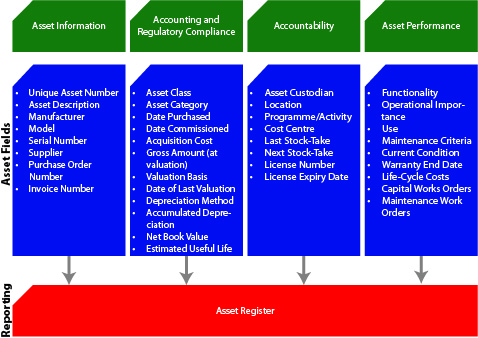Precision in Asset Verification
Ensure every asset is accounted for, compliant, and optimized for performance.
Why Asset Verification Matters
Asset verification is more than a checklist—it’s a strategic process that confirms whether the physical assets listed in your company’s Asset Register are truly present, correctly identified, and accurately recorded. Without rigorous verification, organizations risk misreporting, insurance discrepancies, and compliance failures.
Beyond Physical Existence — Matching the Records
True verification goes deeper than confirming an asset’s presence. It requires matching each asset’s nameplate data with the records in your register.
Example: A vehicle may have up to 90 specification fields—from make and model to serial numbers and subcomponents like the engine, gearbox, and differential. Every detail must align for internal accuracy and insurance validation.
Legal & Operational Frameworks
Companies Act Compliance
The Companies Act mandates the maintenance of a Fixed Asset Register (FAR). External auditors rely on this register to assess compliance and financial integrity.
Government Immovable Asset Management Act (Act 19 of 2007)
- Promote accountability and transparency
- Align asset use with service delivery goals
- Optimize capital and recurrent expenditure
- Ensure environmental and safety compliance
- Protect cultural heritage and workplace health
The Power of Proper Asset Identification
Accurate identification is the foundation of effective asset management. When done correctly, it eliminates the need for repeated verification and ensures long-term data integrity. Yet many organizations skip this step due to cost or complexity—undermining future audits and planning.
What a Well-Maintained Asset Register Delivers
- Asset condition insights and maintenance timelines
- Compliance with accounting and regulatory standards
- Location and custodian tracking for audits
- Maintenance scheduling for optimal performance
- Lifecycle cost analysis by asset, program, and activity
Conclusion — Strategic Value of Asset Management
A thorough asset verification and management process ensures:
- Accuracy and accountability
- Operational efficiency
- Legal and insurance compliance
- Informed investment and maintenance decisions
With proactive asset practices, companies can reduce risk, optimize performance, and protect their financial health.

